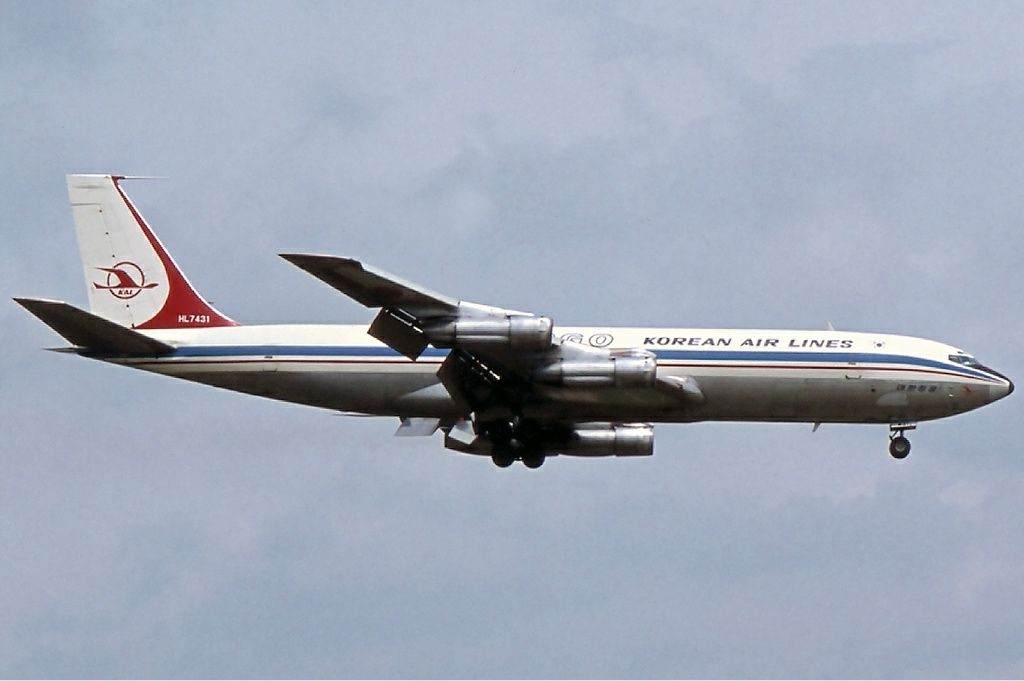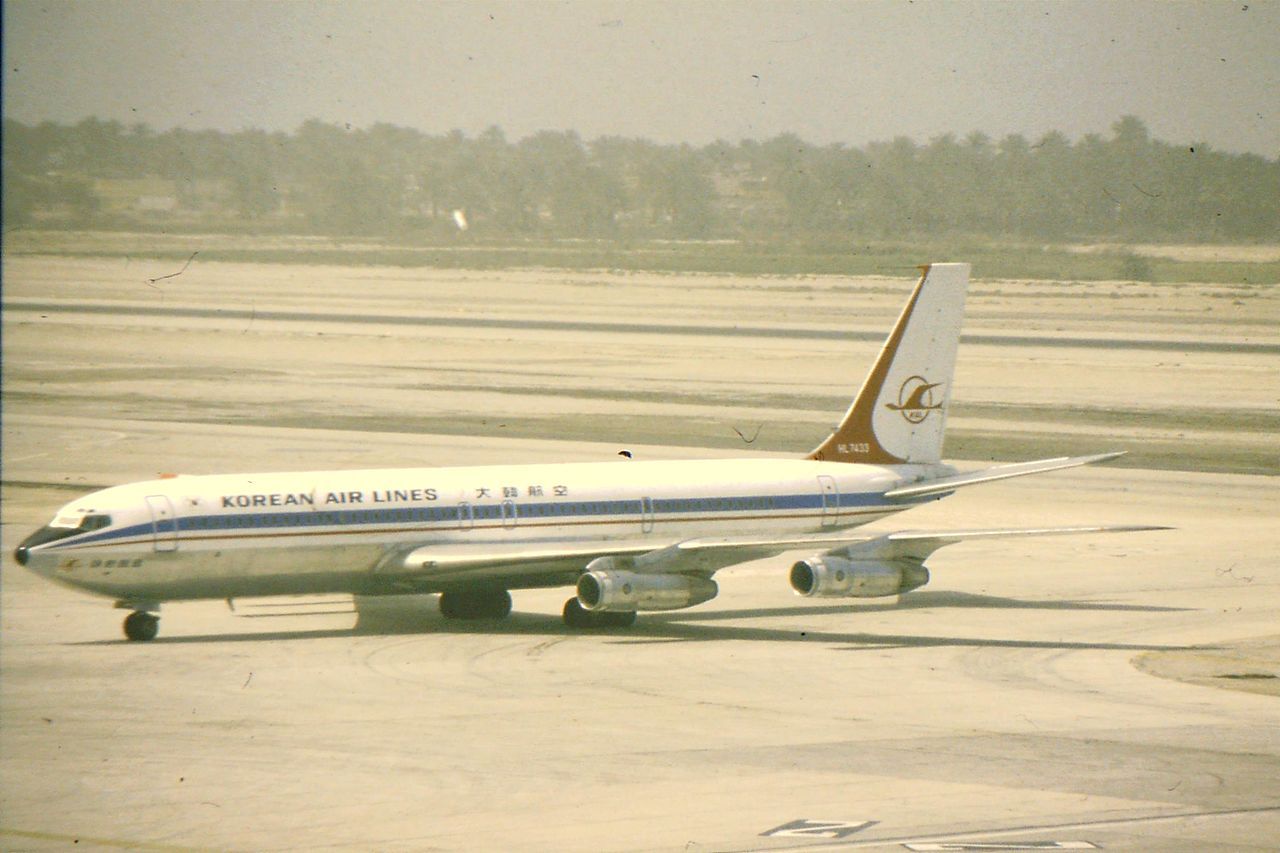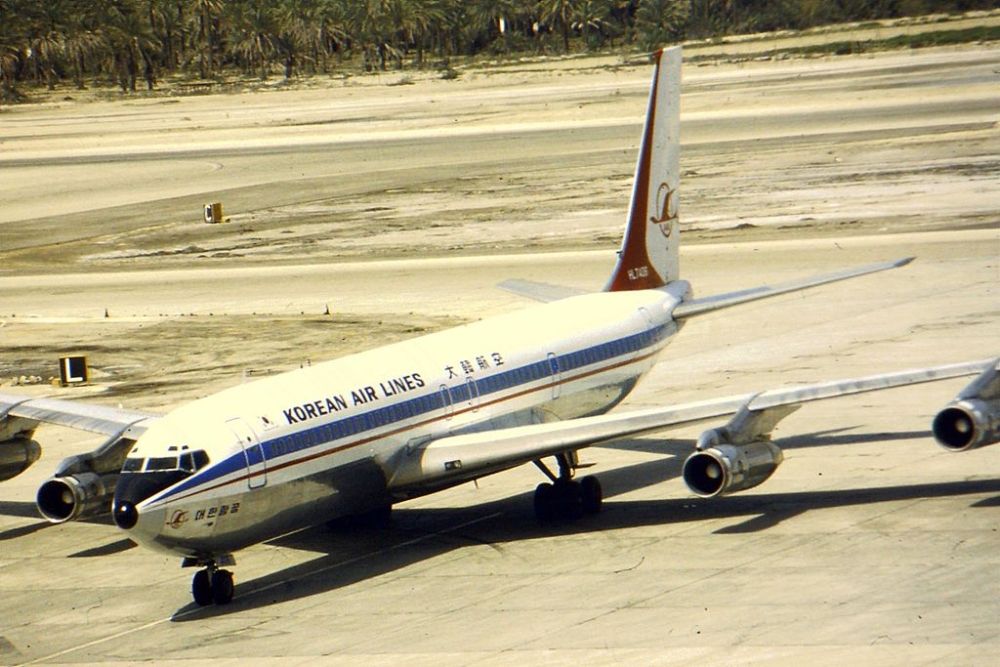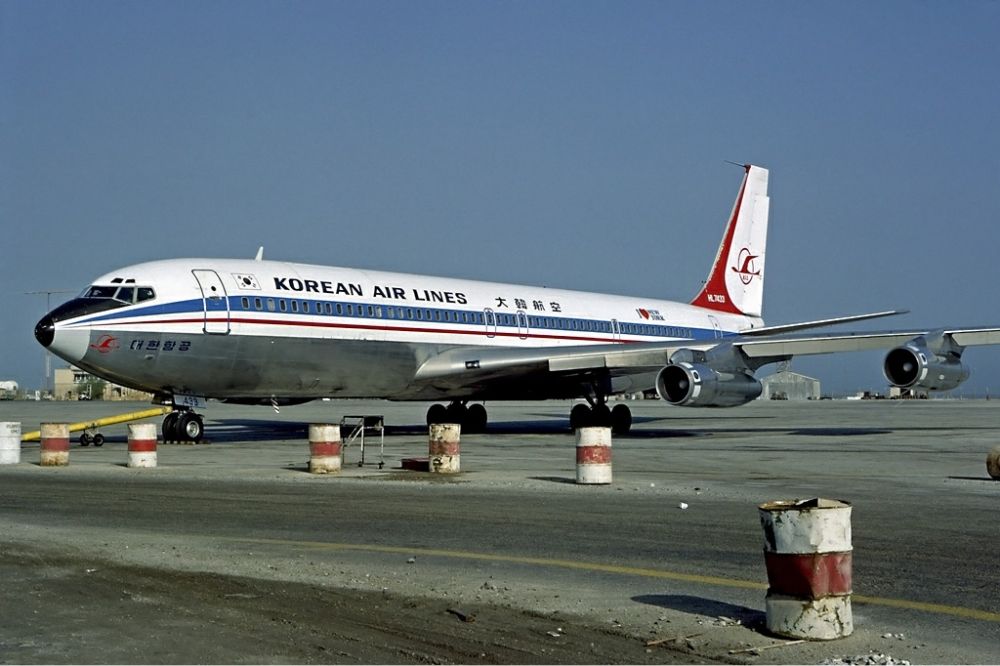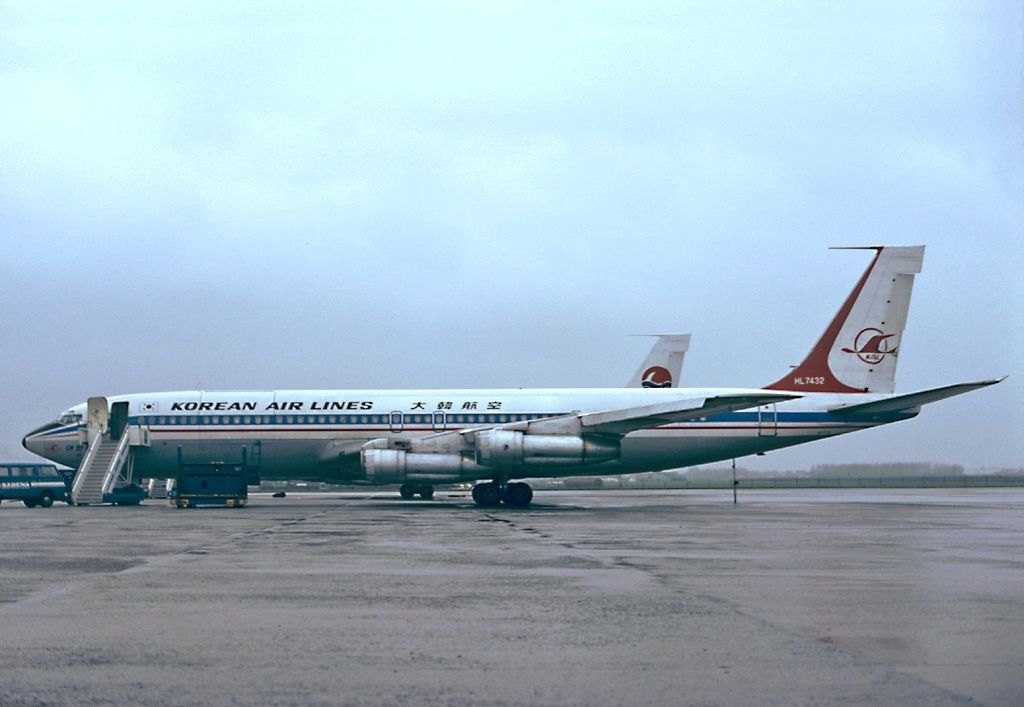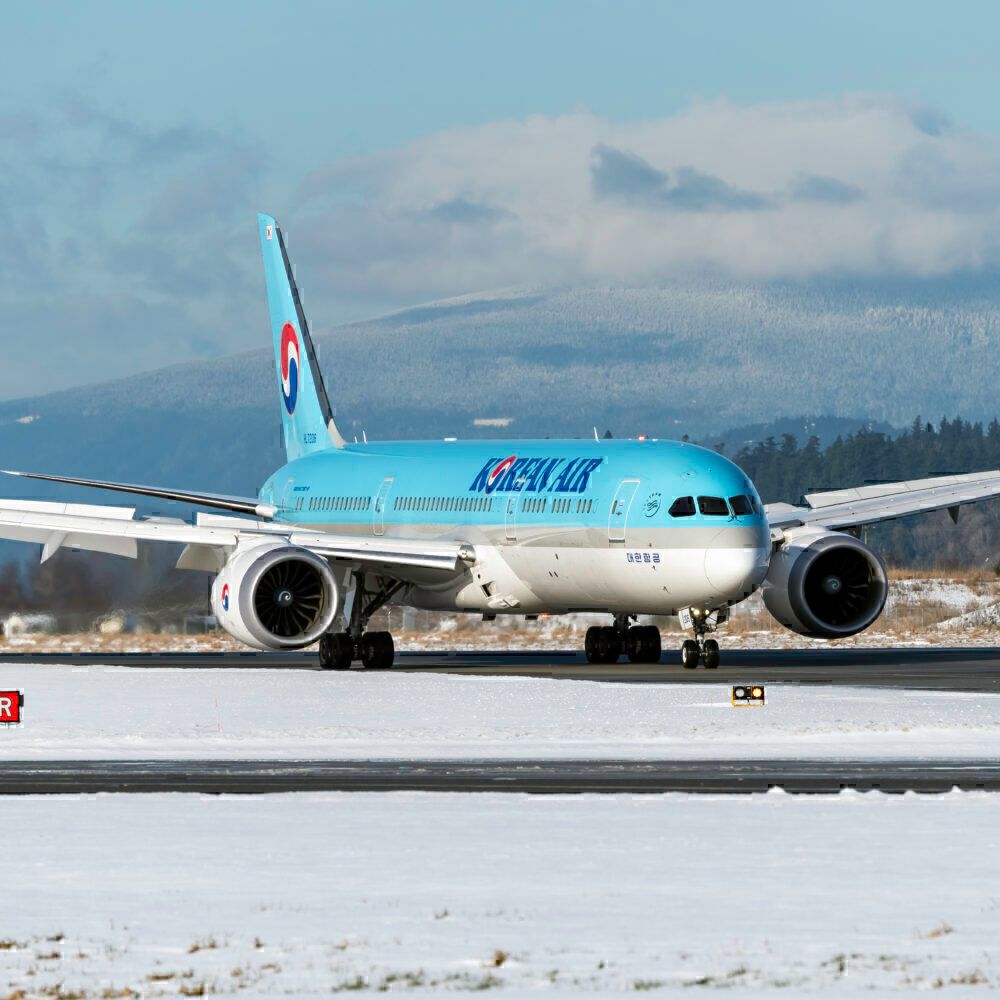45 years ago today, on April 20th, 1978, Korean Air Lines flight 902 took off from Paris Orly Airport (ORY) in France, at 13:39 local time. It was bound for South Korea's Gimpo International Airport (GMP) via Ted Stevens Anchorage International (ANC) in the US federal state of Alaska. However, as the carrier's Boeing 707 was on its way to its American stopover, it was shot down by Soviet forces.
The route and aircraft in question
While Alaska perhaps isn't the most obvious place for a stopover on a flight from France to South Korea, it was chosen very specifically. Flying this way meant that the flight avoided the airspace of what was then the Soviet Union/USSR, which was in the interest of airlines at the time due to the ongoing tensions of the Cold War.
According to the Aviation Safety Network, the flight, which had 109 people onboard (97 passengers and 12 members of crew), was operated by a Boeing 707-300 registered as HL7429. Data from ATDB.aero shows that this ex-Pan Am narrowbody quadjet was around 11 years old at the time, having been built in 1967.
Love aviation history? Discover more of our stories here!
The flight's path from Paris to Anchorage took it beyond northern Greenland, bringing it in close proximity to the magnetic North Pole. While this was a nice and direct route to Alaska, it ended up causing serious issues for the flight.
Polar route
Specifically, errors with the magnetic compass-based navigation systems influenced by the magnetic North Pole caused the flight to veer off course. It subsequently turned southeast and, after three hours of flying over the Barents Sea, entered (and thus violated) Soviet airspace. It ended up making landfall near Murmansk.
As a result of this, the plane was intercepted for 15 minutes, before eventually being shot at by a Soviet Sukhoi Su-15. The stricken Boeing 707-300 then plunged some 30,000 feet before the crew spent 1.5 hours burning fuel and looking for a landing spot. The plane then landed on a frozen lake in Loukhi, Russian SFSR.
Get all the latest aviation news right here on Simple Flying!
There are conflicting accounts as to the nature of the shootdown. The 707's Captain maintained that he had indicated his willingness to cooperate with the fighter jet, and follow it to make a landing. However, Soviet authorities reported that the quadjet had ignored communications from their end. The Su-15's pilot also argued that the 707 wasn't a military threat, but was made to shoot it down anyhow.
Two fatalities
Bang Tai-Hwan, a South Korean businessman, and Yoshitaka Sugan, a Japanese restaurateur, died from the impact of the shooting. Bang was killed instantly, while Sugan died by the time rescue missions arrived. All the other 107 people onboard survived. Yet, at least ten passengers were injured by shells and shrapnel.
"Everything was normal for the first seven hours or so, until about 8:30 P.M. Paris time. Then a number of the passengers seated on the right side of the plane noticed that a small jet was flying alongside their big red, white, blue and silver airliner. All of them knew it was a fighter because of the projectiles suspended from its wings, but few were certain of its nationality. More than one, calculating that Flight 902 should be nearing Alaska, took it to be American," the New York Times reported.
The publication added that "moments later, Mrs. Shiozaki, in seat 19A on the left side of the plane, saw flashes through her window. Several women cried out in fright, but were quickly calmed. Some passengers ducked for cover behind the seats in front of them. At least one of the shells, it later became known, ripped into the fuselage below the passenger deck. It tore a hole in a suitcase stored in the hold. It, or another fired in the same burst, apparently knocked out the electrical supply to the navigational system, which ceased functioning."
Investigations launched
The USSR didn't provide any data from the aircraft's black box amid investigations. Instead, the Boeing 707 was dismantled, and the equipment was carried by helicopter onto a boat in Kandalaksha Gulf. Notably, the deputy chief commanding officer of Soviet air defense, Yevgeny Savitsky, inspected the flight deck.
Overall, the crew of the flight blamed navigational error for the aircraft's course. Captain Kim Chang-kyu mentioned that he felt that the plane's navigation equipment was in error but had followed it nonetheless.
Regardless, this incident wouldn't be the last Korean Air flight to be shot down over Soviet airapce. Navigation error led to Flight 007 being shot down on September 1st, 1983, leading to the passing of all 269 people onboard.
What do you make of the story of Korean Air Lines flight 902? Do you remember the incident happening at the time? Let us know your thoughts and recollections in the comments.
Sources: ATDB.aero, Aviation Safety Network, New York Times

